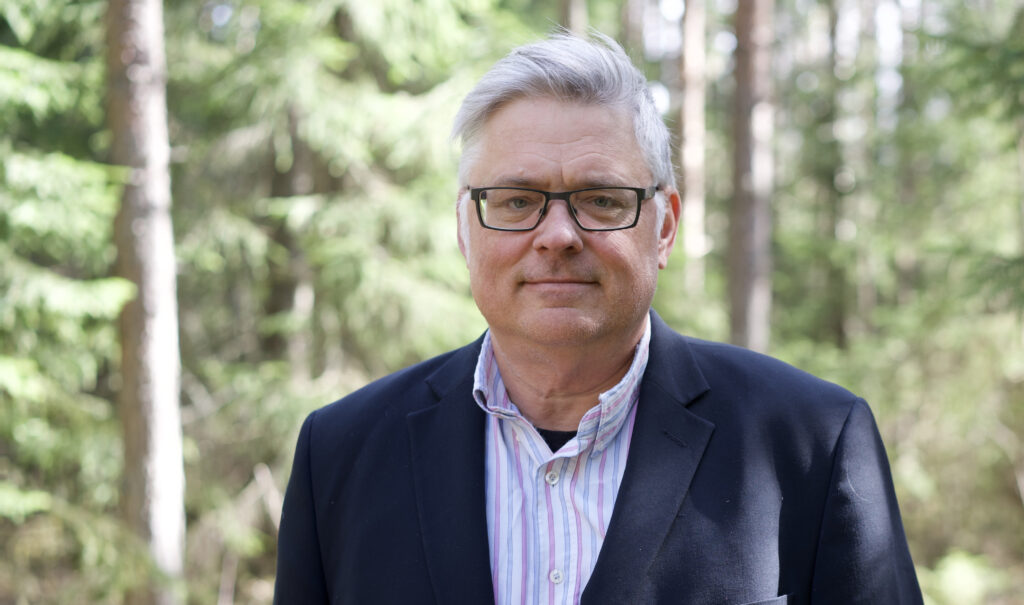The massive increase in electricity demand expected as a result of the production plans for fossil-free steel in northern Sweden will most likely lead to increases in electricity prices. If that is the case, it is highly unlikely that a fossil-free steel plant will be socially profitable, according to a paper from Mistra Electrification.
– To ensure that the production of fossil-free steel in northern Sweden is a success, the electricity supply needs to be increased significantly so that future prices for electricity become significantly lower than those currently expected. Otherwise, the production of “green steel” is unlikely to be profitable, says Bengt Kriström, who is Professor of Resource Economics at the Swedish University of Agricultural Sciences (SLU).
In the paper Paying a Premium for ‘Green Steel’: Paying for an Illusion?, Per-Olov Johansson and Bengt Kriström have looked at the economics of producing fossil-free steel using hydrogen in northern Sweden, in projects similar to those that are now planned. According to the study, the new plants are expected to require around half of Sweden’s electricity production.
“It is difficult to see how such a huge expansion of demand can be met without price increases”, conclude the authors of the paper. However, in locations with low electricity prices, fossil-free steel production could become competitive, according to the paper.
Bengt Kriström questions whether turning steel production fossil-free in Europe would lower total emissions. The reason for this is the EU Emissions Trading System, EU ETS. Lower emissions from steel production in northern Sweden would simply result in higher emissions in another part of the EU, the authors of the paper argue.
– However, if fossil-free steel from Sweden would outcompete traditional steel from countries outside the EU, say India, then global emissions would decrease, states Bengt Kriström.
Steel customers are assumed to be willing to pay a premium for fossil-free steel. However, if total emissions aren’t reduced, but instead transferred to another part of the EU, they would be paying for an illusion, according to the paper.
– The question is whether customers will become aware of this.
The EU has sharpened the EU ETS system and increased the number of emissions allowances to be cancelled if emissions are reduced at a higher pace than expected. Have you considered this in your paper?
– That is true, and the answer is: ‘No, we haven’t’. The cap on emissions is to a certain degree stretchy, but the possibility to cancel allowances more rapidly will only be available for a rather short period of time.
But there are factors in favour of fossil-free steel, according to Bengt Kriström.
– Our paper doesn’t consider whether the EU plans to impose carbon tariffs on steel imports, which if imposed would change the picture in favour of fossil-free steel from northern Sweden. In addition, in the future, a full stop will be imposed on emitting carbon dioxide within the EU ETS, so in the end no steel plants will be allowed to have any emissions.
Will fossil-free steel production become a success for Sweden, and should investments in such plants and technologies be publicly subsidised?
The public debate on these issues is ongoing – and it cuts right through Mistra Electrification. Professor Filip Johnsson, Programme Director of Mistra Electrification, outlines his reflections on this issue here.
Paying a Premium fors ‘Green Steel’: Paying for an Illusion? can be found here.

